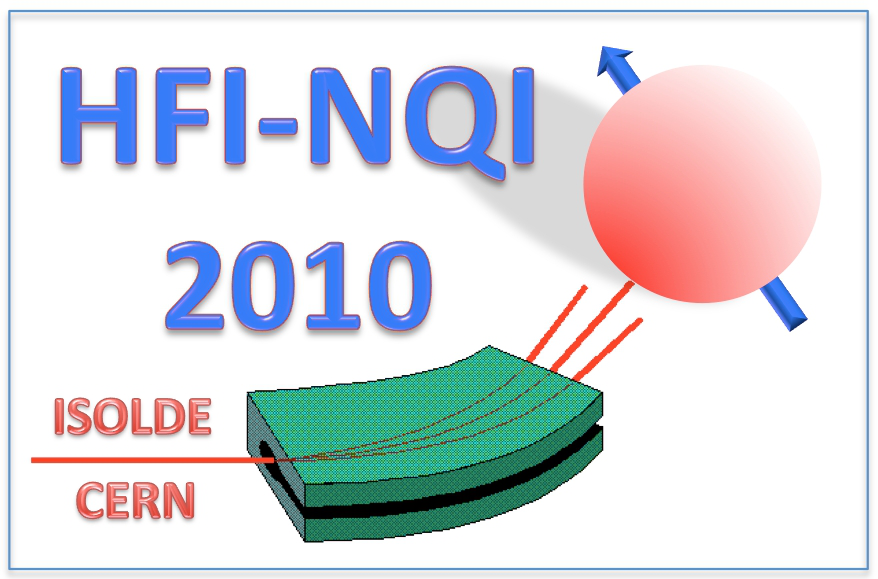Speaker
Ms
Brianna Santos
(IPEN)
Description
In this work, we have investigated magnetic properties of the ferromagnetic GdZn compound by perturbed γ-γ angular correlation (PAC) spectroscopy using 140La→140Ce ( t1/2 = 3.4 ns, and g-factor 1.014) and 111In→111Cd ( t1/2 = 85 ns, and g-factor 0.306) as probe nuclei. The study of magnetic properties of rare earth and zinc (RZn) compounds is interesting because rare earth elements present a localized magnetism associated with 4f electrons, and these electrons do not participate in chemical bonds, as a consequence the RZn magnetic properties originate from the 4f electrons of rare earth. The compound GdZn exhibits the cubic CsCl structure and the Curie temperature is 268 K. The saturation moment at 4.2 K lies along the [101] and the value is 7.30 μB. The PAC spectroscopy provides information about the hyperfine interaction between nuclear external fields and nuclear moments of a probe nucleus at a certain atomic site in a crystalline structure, and consequently allows extracting information of the involved hyperfine parameters, as well as the characterization of phase transitions of the crystal. This technique is based on the emission of two gamma radiations in a cascade as a result from the decay of the excited states of the probe nucleus. 140La(140Ce) probe is very interesting because show low quadrupole moment (Q), what allows only measurements of the magnetic hyperfine field (mhf). 140La (140Ce) probe were obtained by the irradiation of natural La at the IPEN research reactor with a neutron flux around 3 x 1013 ncm-3/s. The compound GdZn (Gd = 99.9% e Zn = 99.999% purity) was prepared by arc-melting the constituent elements. 140La nuclei were added to the samples by arc-melting them again along with a small piece of irradiated natural La followed by a thermal treatment. 111In was diffused into the samples which was sealed in vacuum and annealed at 800 ºC. Samples have been characterized by X-ray diffraction, and it was observed a major fraction corresponding to the phase of the GdZn. In the case of 111Cd-GdZn measurements it was observed one frequency which corresponds to the probe nucleus replacing a position of one atom in the cubic structure of GdZn. The hyperfine parameters at 10 K were νM = 74.819 MHz, νQ = 1.573 MHz and δ = 0.51%. The results shows that the temperature dependence of magnetic field can be fitted by the Brillouin function for J = 7/2. In the case of 140Ce-GdZn measurements showed a sharp deviation from an expected standard Brillouin function. The major fraction with magnetic frequency νM = 767.293 MHz and δ = 0.84% at 10 K ,which corresponds to probe nucleus replacing a position of one Gd atom in the cubic structure of GdZn.
| Are you a student, a delegate from developing countries or a participant with physical needs and would like to apply for a sponsored accomodation. Please answer with yes or no. | Yes |
|---|---|
| Please specify whether you would prefer an oral or poster contribution. | poster contribution |
Author
Ms
Brianna Santos
(IPEN)
Co-authors
Dr
Artur Carbonari
(IPEN)
Mr
Gabriel Pasca
(USP)
